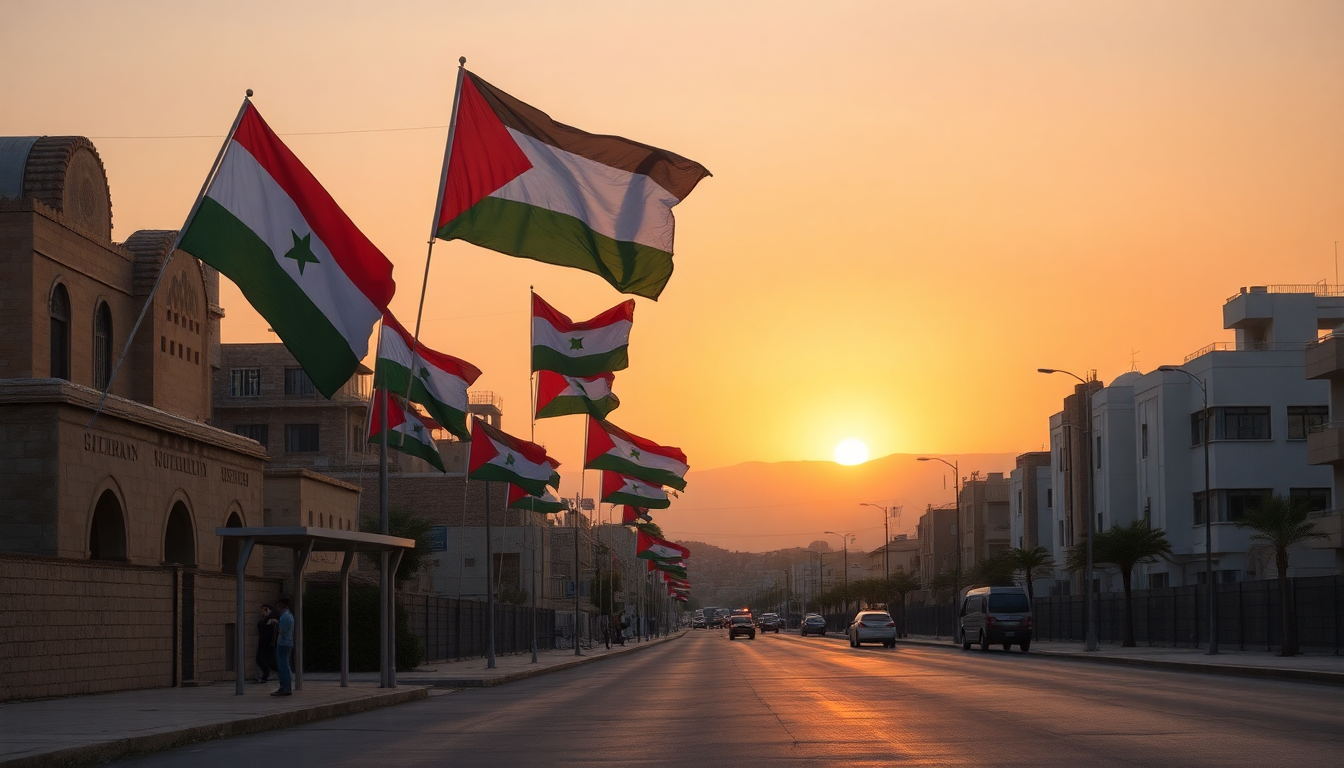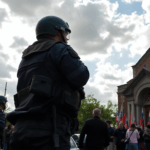Table of Contents
The Middle East has always been a hotbed of conflict, but recent events have highlighted just how crucial diplomacy can be in preventing disaster. After a tense military standoff between the US and Iran, a ceasefire was announced out of the blue, showcasing the fragile balance of power in the region.
But what really led to this unexpected truce? This article takes a closer look at the diplomatic strategies that made it possible, the high stakes involved, and what this means for the future of relations in the ever-shifting landscape of Middle Eastern politics.
Understanding the Conflict
As tensions escalated, the situation reached a tipping point when the US launched airstrikes on Iranian nuclear facilities in response to ongoing hostilities. This military action, involving advanced weaponry, set the stage for Iran’s retaliatory strikes aimed at US interests nearby.
Iranian missiles targeted the Al Udeid Air Base in Qatar, sending shockwaves throughout the region.
However, instead of igniting a cycle of revenge, something remarkable happened. The anticipated escalation was interrupted by a significant diplomatic effort. Qatar, a nation well-connected to both the US and Iran, stepped in as a mediator, showcasing that even amid violent exchanges, diplomatic channels can still function.
This situation serves as a powerful reminder of the complexities of Middle Eastern geopolitics.
Qatar’s Diplomatic Role
Qatar’s unique position in the region allowed it to play a crucial role as a mediator. Hosting the largest US military base in the Middle East and having a history of delicate negotiations, Qatar was in a prime spot to facilitate discussions that ultimately led to a ceasefire announcement.
As tensions reached a boiling point, Iran’s leadership seemed to grasp the need for de-escalation. The fact that they issued a warning before launching missile strikes indicated an awareness of the potentially catastrophic fallout. After the strikes, diplomatic communications were quickly re-established, with US President Donald Trump publicly thanking Qatar for its efforts in preventing casualties.
This collaboration underlined Qatar’s growing influence and its vital role as a regional power broker.
What Does the Ceasefire Mean?
While the ceasefire is just a temporary pause, it carries significant implications for the future of US-Iran relations and regional stability. It suggests a level of fatigue on both sides, especially as Iran’s proxies seemed to hold back from expected retaliatory actions. Analysts believe this ceasefire marks a pivotal moment, as both nations aim to dodge any further escalation that could spiral out of control.
Moreover, this situation sheds light on the intricate web of alliances and rivalries that define Middle Eastern politics. The collaboration between the US and Qatar to mediate tensions between Iran and Israel hints at a potential shift in conflict management strategies moving forward. If this peace negotiation can be successful, it might serve as a template for resolving other ongoing conflicts in the region.
Looking to the Future
Reflecting on the recent escalation and the subsequent ceasefire, it’s evident that diplomacy is a crucial tool for resolving conflicts in the Middle East. These events remind us of the region’s volatility but also highlight the power of negotiation and dialogue. While many challenges remain, the diplomatic efforts from Qatar and the willingness of both Iran and the US to engage in discussions provide a glimmer of hope for more stable relations ahead.
The international community will be watching closely in the coming months. While the potential for renewed hostilities lingers, the successful navigation of this crisis could inspire more diplomatic initiatives in the region, fostering a spirit of cooperation instead of conflict in a landscape often defined by strife. Are we witnessing a new era of diplomacy in the Middle East? Only time will tell.





